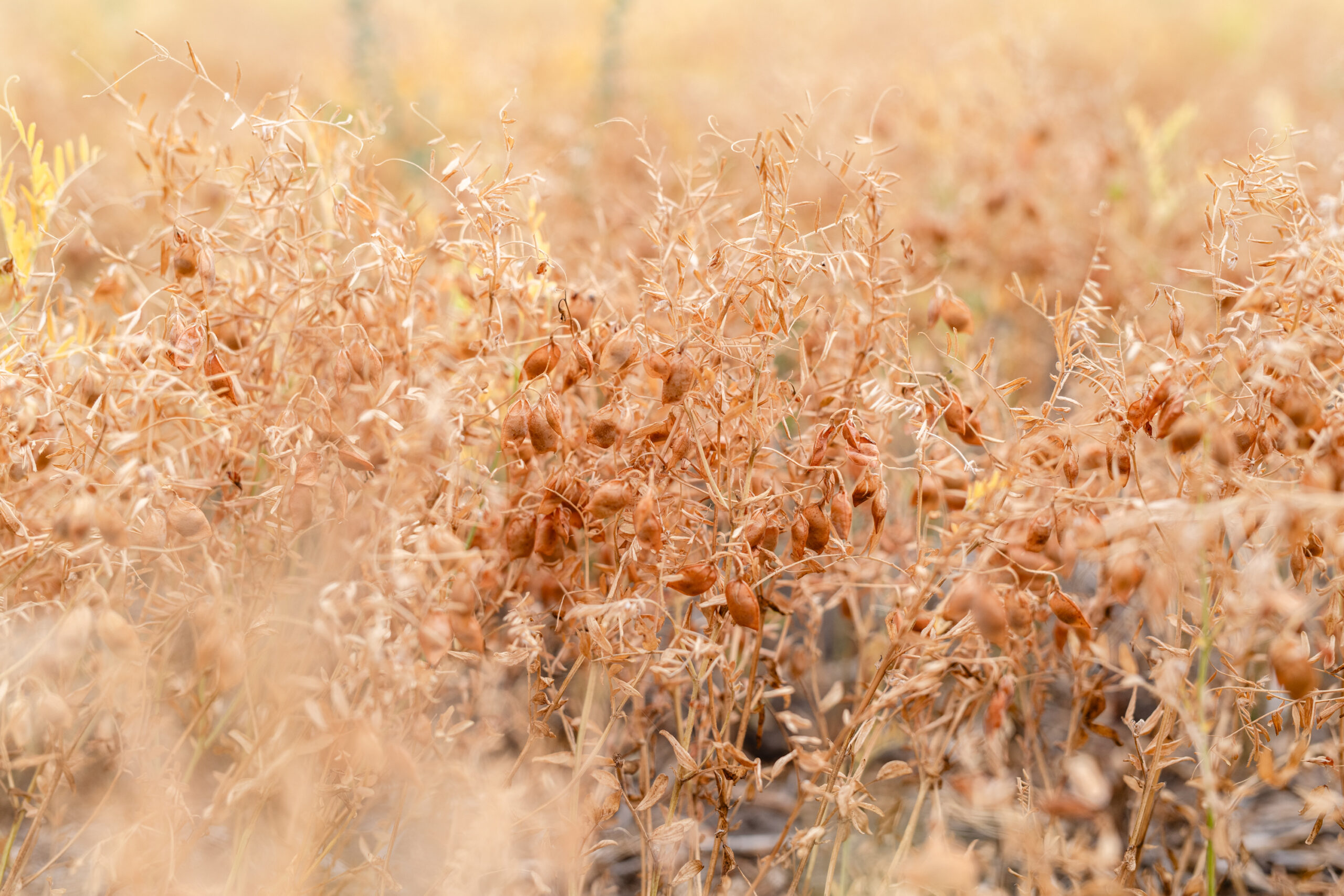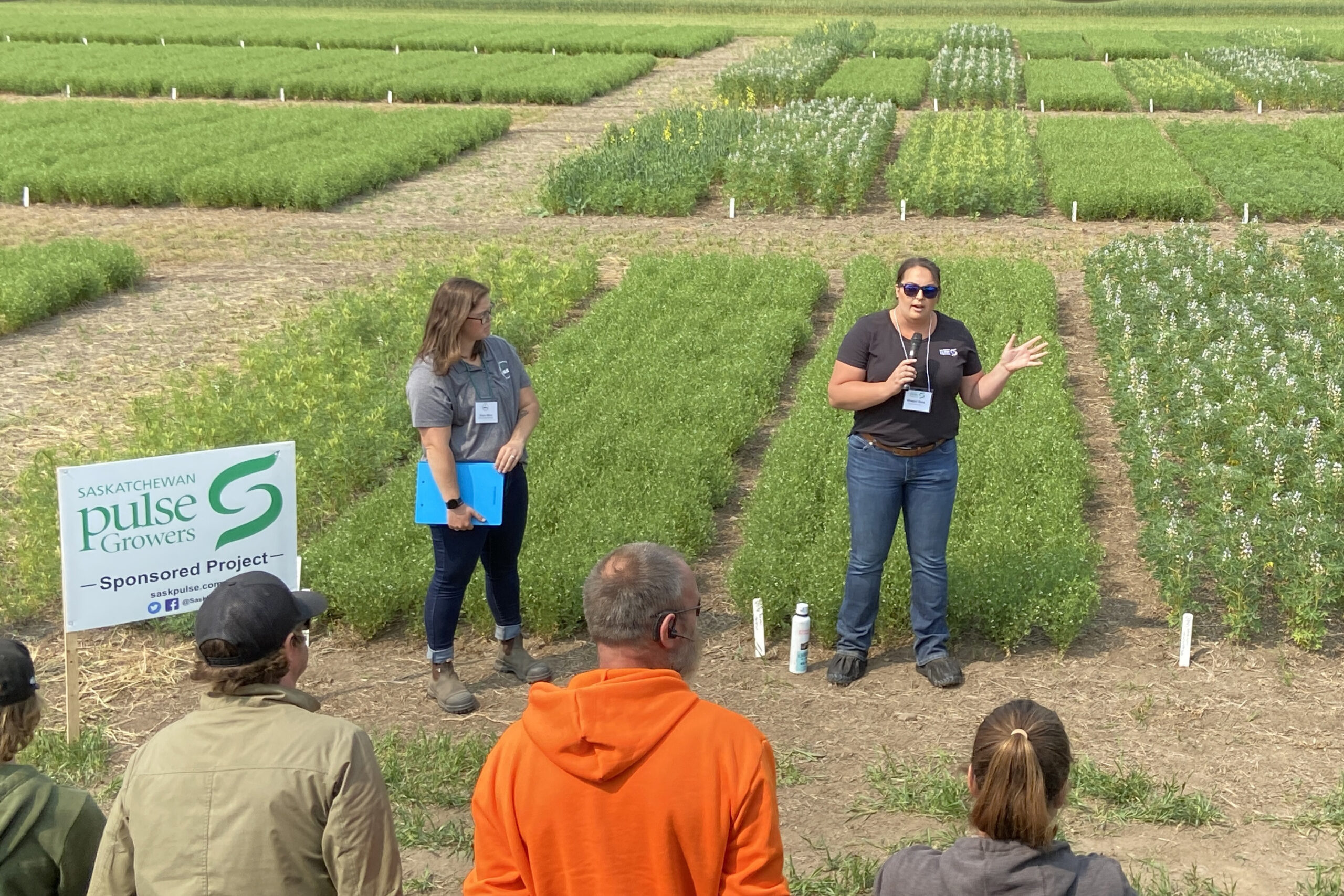First established in 2017, the Pulse Applied Research and Demonstration (ARD) program helps Saskatchewan pulse growers learn about and adopt new beneficial products and practices on their farms based on unbiased, applied agronomy research.
ARD research is conducted primarily at eight research sites across the province, managed by the Agriculture Applied Research Management (Agri-ARM) network, a not-for-profit group of grower-directed organizations. Research outcomes are demonstrated to growers at in-person and on-site events and through SPG’s communication channels.
Research projects use multi-site and multi-year evaluations to understand how new products and practices adapt to different environments.
SPG’s ARD research topics are identified by a committee of SPG staff and industry experts based on feedback and questions from growers, agronomists, and industry members and verified by leading industry experts and research groups.
Specific goals of the program:
- Conduct unbiased testing of products on the market and best practices, specifically in crop management, pest, weed and disease control, plant health and agronomy.
- Generate recommendations from research projects to increase awareness and adoption of existing and new technologies.
- Better understand adaptation across environments using multi-site and multi-year evaluations.
- Communicate research results to growers through various channels to promote adoption and understanding.
Pulse ARD Research Outcomes
Ongoing Research
Project: When should rapidly maturing soybean varieties be planted in Saskatchewan?
Various locations, ongoing
Overview: Soybeans are not yet widely adopted in Saskatchewan compared to other pulses, but recurring issues with pea root rot could increase interest in planting this crop across various growing regions of the province. This research aims to determine the best seeding dates and varieties of soybeans for growth in regions across Saskatchewan.
Expected completion date: 2026
Completed Research
Project: What are the effects of high residual soil nitrogen and rhizobial inoculation in small red and large green lentil crops?
Locations: Indian Head and Swift Current
Growing Seasons: 2022, 2023
Overview: In seasons of widespread drought and corresponding low yields, high residual soil nitrogen (N) levels may remain in the field. This research aimed to demonstrate, across a range of environments, the agronomic response of both small red and large green lentils to rhizobial inoculant and varying soil residual N representing low, elevated and extreme levels.
Outcomes: Using fall broadcast nitrogen treatments to simulate high residual N fields appears viable. All sites showed measurable increases in residual nitrate relative to the naturally occurring levels. Planting lentils into high residual N soils is likely a relatively low-risk practice. Non-N fixing crops may benefit more from the high residual N; however, many other good reasons exist to stick to planned, diverse crop rotations.
Takeaway for growers: Planting lentils into high residual N soils is likely to be a relatively low-risk practice. Non-nitrogen-fixing crops may benefit more from high residual nitrogen crops. However, many other good reasons exist to stick to planned, diverse crop rotations.
Project: Can intercropping faba beans and oats help control chocolate spot?
Locations: Prince Albert and Melfort
Growing Seasons: 2023
Overview: Faba beans are the most efficient nitrogen fixers of all Western Canadian pulse crops and perform well in northern Saskatchewan growing conditions. However, disease management can be complicated for this crop. This project aimed to determine if intercropping faba beans and oats will significantly reduce chocolate spot in the crop in northern Saskatchewan growing environments and the impacts of nitrogen fertilizer use on yield and disease incidence when intercropping faba beans and oats.
Outcomes: Intercropping did not appear to affect disease incidence at either site. However, this could have been due to other factors, including challenging growing conditions, wild and volunteer oats competition, and insect damage. Nitrogen fertilization did have a statistically significant impact on oat protein in both Melfort and Prince Albert, suggesting that reducing nitrogen application by 50% or more of the recommended rate for oats in an intercrop could compromise the quality of the oats.
Takeaway for growers: There is still potential for successful intercropping of faba beans and cereals in Saskatchewan. Future research should explore intercropping faba beans with a cereal crop that is less competitive than oats or planting the cereal and the faba beans in separate rows to reduce the amount of competition within the crop.
Project: What are the benefits of growing non-traditional pulse crops, including lupin and fenugreek
Locations: Indian Head, Melfort, Outlook, Prince Albert, Redvers, Scott, Swift Current, Yorkton
Growing Seasons: 2023
Overview: Introducing new and novel pulse crops into specific regions is necessary to maintain, diversify, and extend cropping rotations, leading to a more robust integrated pest management cropping system. This research aimed to outline the economic and agronomic benefits of growing non-traditional pulse crops, including lupin and fenugreek, for farmers.
Outcomes: Fenugreek and lupin benefit growers, as diversity within pulse crops helps break disease, pest, and weed cycles.
Takeaway for growers: Marketing opportunities for newer pulse crops are still challenging, but diversity in crop rotations is beneficial.
Project: Is Lupin a good alternative crop to field peas or lentils?
Locations: Outlook
Growing Season: 2023
Overview: Lupin offers many benefits to Saskatchewan pulse growers, as the crop is high yielding, has a high protein content and is not susceptible to Aphanomyces. This research aimed to determine how lupin is adapted for growing under irrigation in Saskatchewan conditions and the ideal seeding rates for growing lupin locally.
Outcomes: The crop trials involved in this research faced many unforeseen challenges, including unfavourable weather conditions, high pest populations and generally adverse growing conditions. Therefore, the research was unable to draw any conclusive final recommendations.
Takeaway for growers: The research could not draw any conclusive final recommendations.
Project: What are the benefits of growing non-traditional pulse crops, including lupin and fenugreek?
Locations: Indian Head, Melfort, Outlook, Prince Albert, Redvers, Scott, Swift Current, Yorkton
Growing Seasons: 2023
Overview: Introducing new and novel pulse crops into specific regions is necessary to maintain, diversify, and extend cropping rotations, leading to a more robust integrated pest management cropping system. This research aimed to outline the economic and agronomic benefits of growing non-traditional pulse crops, including lupin and fenugreek, for farmers.
Outcomes: Fenugreek and lupin benefit growers, as diversity within pulse crops helps break disease, pest, and weed cycles.
Takeaway for growers: Marketing opportunities for newer pulse crops are still challenging, but diversity in crop rotations is beneficial.
Archived Research
- Identifying lentil response to varying rates and combinations of potassium and sulphur fertility
- Determining agronomic and economic responses of lentils to seed rates and fungicides
- Identifying the benefits and drawbacks of higher seeding rates for lentil
- Optimizing the use of fertilizers and inoculants to increase yields and plant health in lentils
- Determining the benefits of using liquid inoculants in lentils
- Determining lentil response to fertilizer applications and rhizobial inoculation
- Measuring agronomic responses of inoculant formulations and placement in peas and lentils
- Using fungicides to control anthracnose in lentils
- Determining optimal timing for applying chemical desiccants to lentil crops
- Identifying the best herbicide management strategies for weed control in lentil
- Improving phosphorus management techniques in lentils
- Determining the effects of sulphur formulations on pea and lentil
- Determining the benefits of intercropping peas and lentils with mustard
- Determining the benefits of using liquid inoculants in peas
- Determining the benefits of using granular inoculants on pea crops in terms of yields and plant health
- Determining best management strategies to improve field pea health in Aphanomyces-contaminated soils
- Measuring agronomic responses of inoculant formulations and placement in peas and lentils
- Optimizing yield and protein in field peas through enhanced fertilizer management
- Improving field pea root health in Aphanomyces contaminated soils
- Determining the effects of nitrogen, phosphorus and sulphur fertilizers on yellow field pea crops across Saskatchewan
- Identifying the benefits of intercropping peas and oats
- Determining the impact of sulphur formulations on pea and lentil
- Determining the benefits of intercropping peas and lentils with mustard?
- Treating unknown health issues in chickpeas with herbicides and fertilizers
- Using biological products to improve disease resistance, stress tolerance and yield in chickpeas
- Determining best practices to enhance yield, hasten maturity, and reduce disease in faba beans in Saskatchewan
- Demonstrating silage options for soybeans and faba beans
- Determining the best phosphorus fertilizer practices for faba bean crops in Saskatchewan?
- Identifying issues related to seeding faba beans through air seeders in Western Canada
- Determining best control methods/practices for managing volunteer canola in glyphosate-resistant soybean crops
- Demonstrating silage options for soybeans and faba beans
- Establishing tolerance and efficacy data for a commonly used pulse seed treatment, Vibrance Maxx RFC, in fenugreek in Saskatchewan
- Evaluating biological treatments to promote agronomic improvement in Saskatchewan pulse crops
Resources

Fields of Green: 2024 Summer Pulse Projects
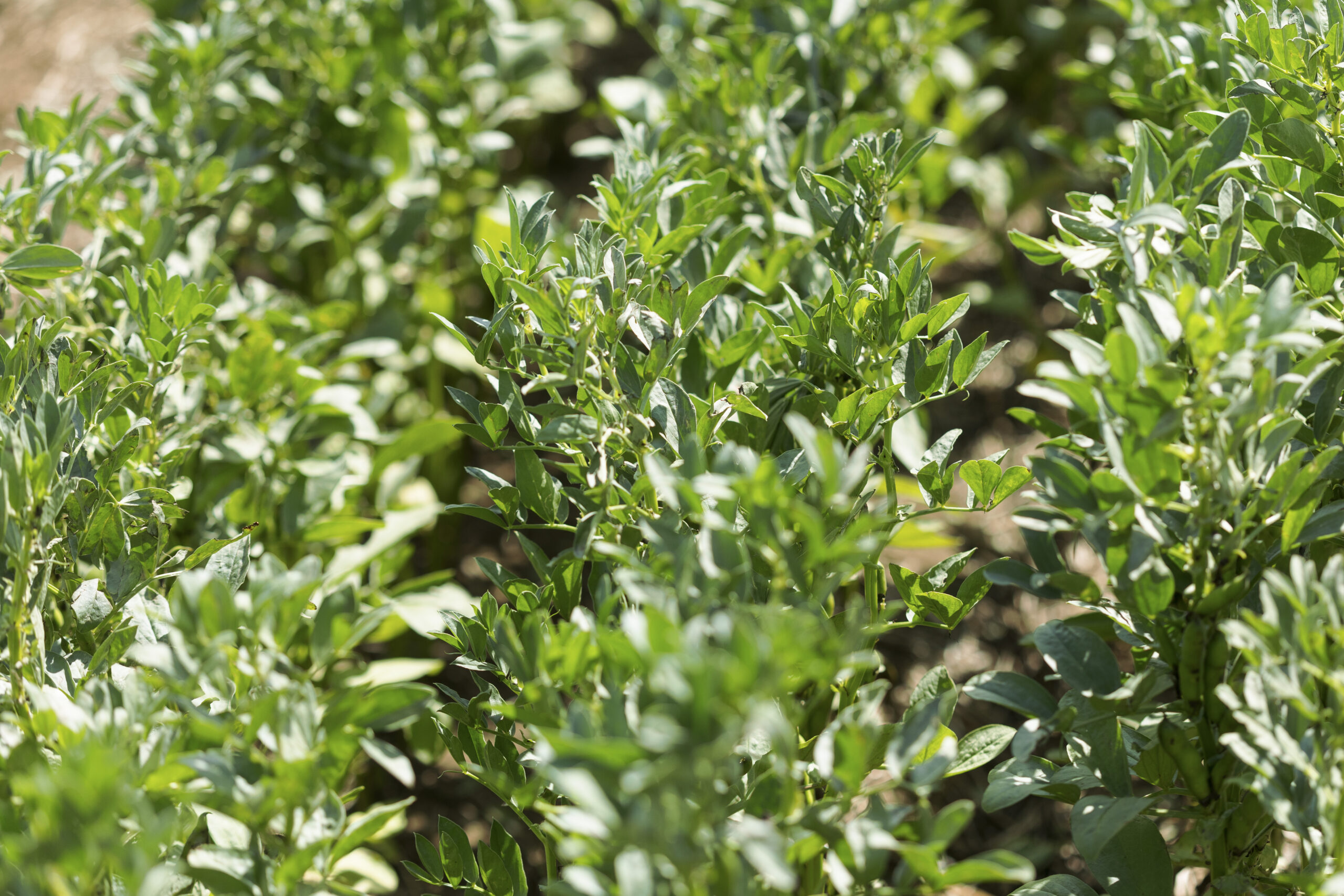
Management of Faba Bean for Optimal Maturity and Reduced Disease Pressure
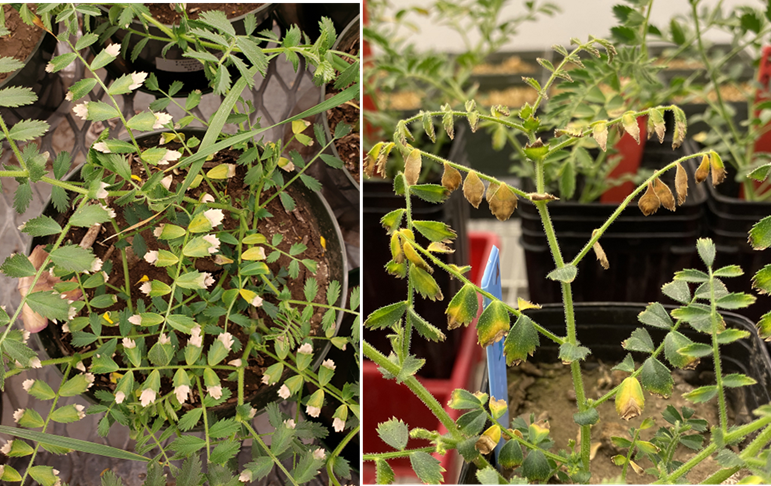
Saskatchewan Chickpea Plant Health Issue: 2022 Update
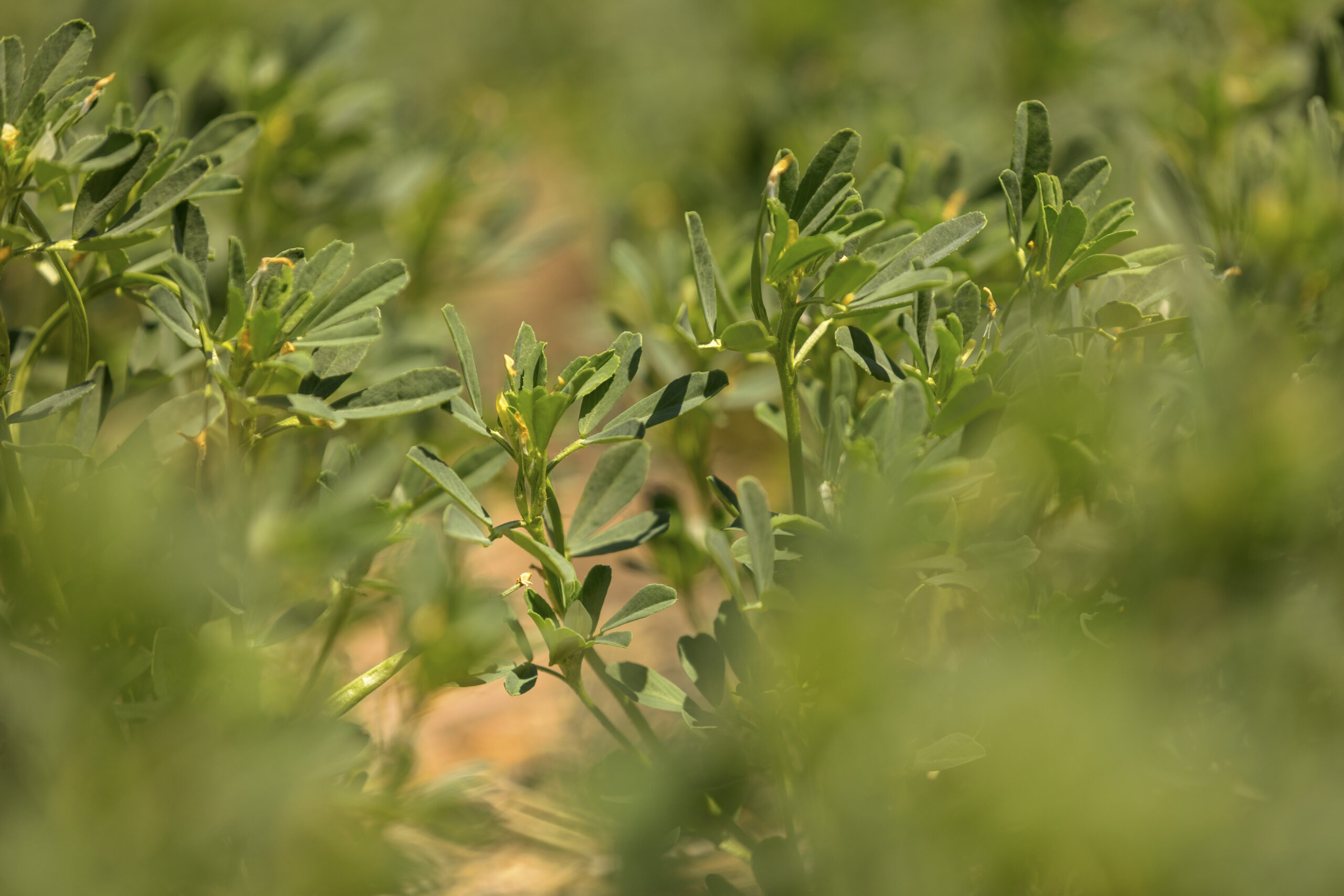
Update on Minor, New & Novel Pulse Crops
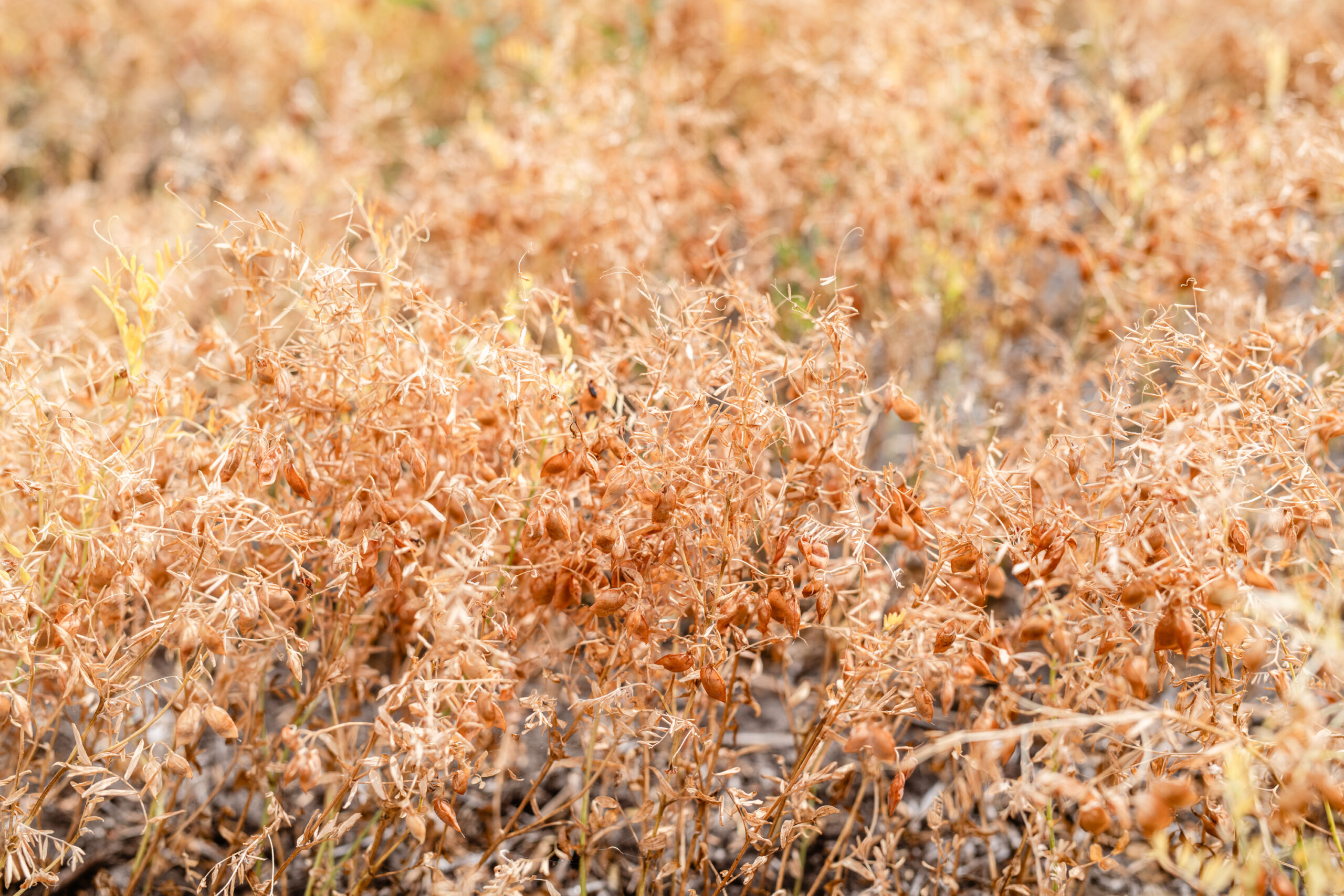
Agronomic and Economic Response of Lentil to Seed Rate and Fungicides
